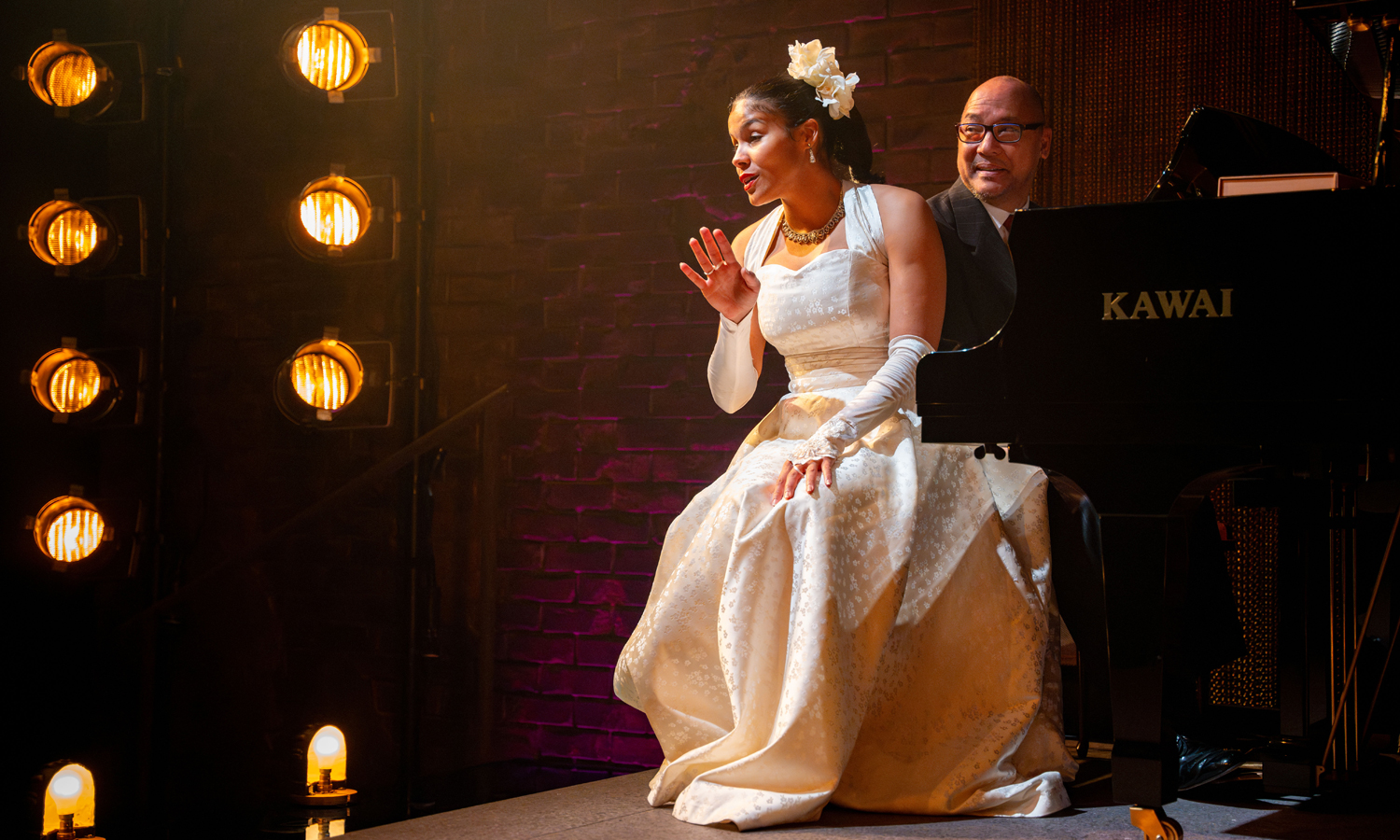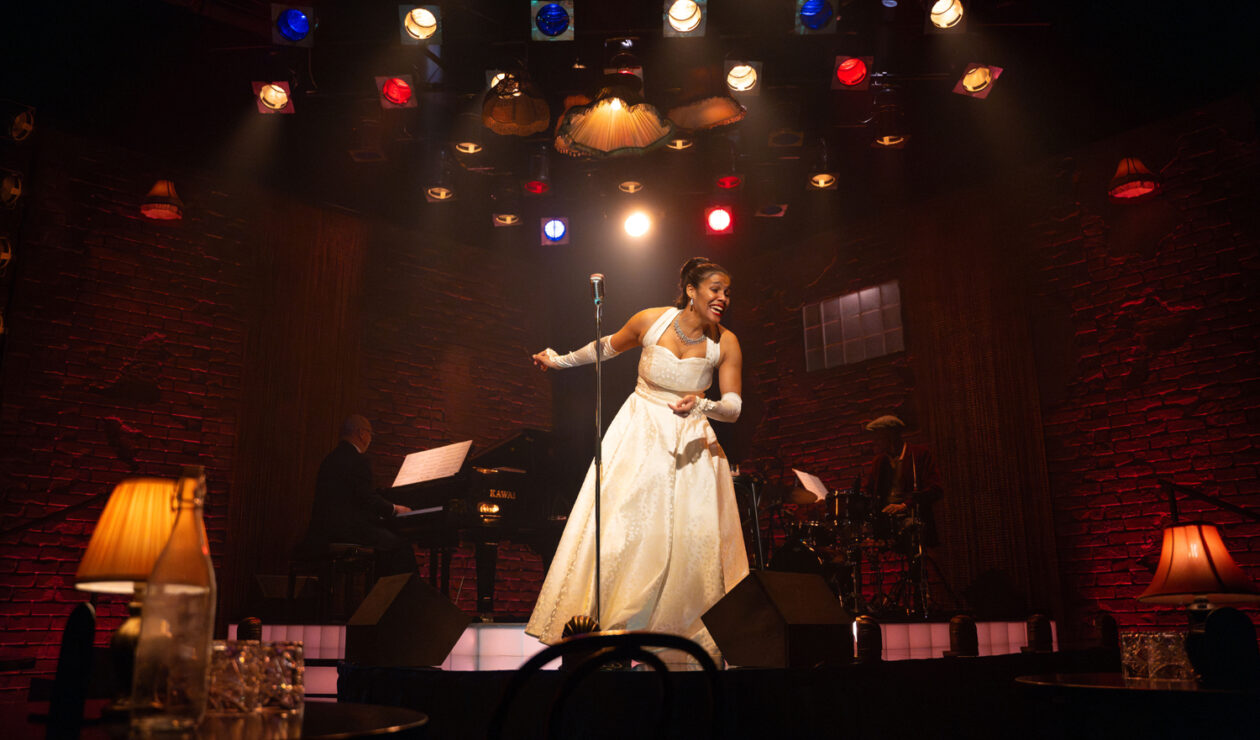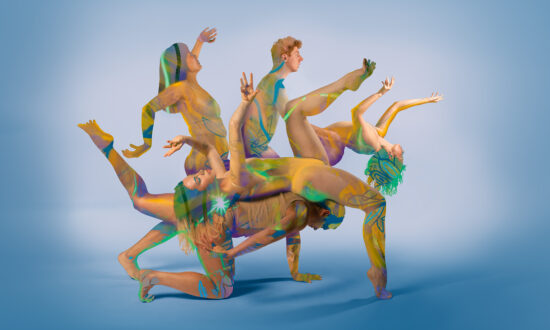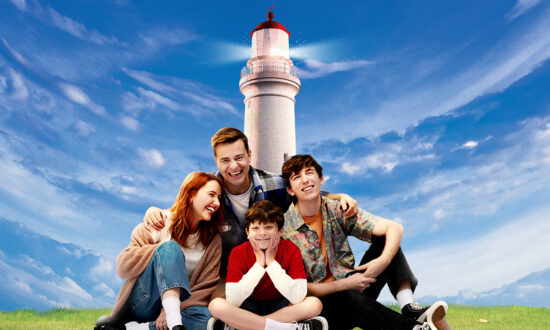There can be few singers as mercurial as Billie Holiday. Biographer John Szwed says of the more than 40 books written about her: “All those who have attempted to write about her have discovered there are many Billie Holidays: one lively and joyful, another bitter and doomed to heartache; there is a Billie with a little girl’s cry, and one with an older woman’s growl; an early Billie, a middle, and a late one; a race woman and an international chanteuse; a Billie who was one of the jazz boys, another elegantly backed by violins.”
Since her death, from cirrhosis, in 1959, her reputation – her legend – has only grown more, and her musical accomplishment and invention become more apparent. Holiday’s voice – so expressive yet elusive, commanding yet fragile – speaks to us from an infinite present.
She isn’t retro. She shares few similarities with other greats such as Ella Fitzgerald, Peggy Lee or Sarah Vaughan. She sang the blues but was much more than Bessie Smith. She is the quintessential jazz singer but she also excelled in transforming any Tin Pan Alley song she recorded into an instant classic. Almost anything she sang became definitively hers.
This new co-production by State Theatre Company South Australia, Belvoir St Theatre and Melbourne Theatre Company is a splendid tribute to Holiday’s music and the life in which it is embedded. Lady Day at the Emerson’s Bar & Grill is a monologue with songs, a cameo jukebox musical which blends commentary on the singer and showcases a range of her songs – some her famous classics, others minor but indicative of the inner struggles and torments of her often-troubled life.
Written by Lanie Robertson and first performed in 1986, Lady Day is set in Holiday’s home town, Philadelphia, in March 1959 at Emerson’s, a small club where she regularly performed. This imagined night’s performance takes place just months before the singer’s death. Much of what transpires is grim. Holiday is in poor health from alcoholism and heroin use. On stage she is distracted, haunted, incoherent and rambling, unbearably sad. She is also exuberant and witty, caustic and perceptive, an exceptional singer still able to summon her unique powers and capture us with her genius.
Director Mitchell Butel and associate director (and extraordinary performer) Zahra Newman have taken Robertson’s text and song list and created a production which is as captivating as it is vivid.
Ailsa Paterson’s set is simple but evocative – a compact stage area for the musicians with back-lit blue and white tiling around the edge and rough brick walls bathed in scarlet from lighting designer Govin Ruben, with a forecourt of 10 or so café tables for some of the Space Theatre audience, and fusty old lamp shades with black fringes. It resembles a typically unremarkable American jazz club at a time when exceptional music was being made.
The band, featuring musical director Kym Purling on piano, Victor Rounds on double bass and Calvin Welch on drums, is outstanding as the Jimmy Powers Trio, coaching and coaxing Billie back into focus and better spirits as she sashays sometimes raggedly through her set. Andrew Howard’s sound design is exemplary.

Zahra Newman and Kym Purling in Lady Day at the Emerson’s Bar & Grill. Photo: Matt Byrne / supplied
As Holiday, Zahra Newman is a revelation. From the moment she steps into the spotlight in her ivory satin frock she is galvanising. Robertson’s first-person narrative (drawn and emboldened by Holiday and William Dufty’s candid and at times outlandish autobiography) has given Newman a brisk, bawdy, uninhibited voice.
Hers is not an impersonation, although she perfectly captures Holiday’s languid, sometime sardonic inflection, the vibrato, the impish cadence, the nimble shifts behind the beat, and those bursts of emotional emphasis that are startling, not just for their virtuosity, but because they are so subtly apt. In some ways Newman’s voice is stronger than Holiday’s – as when she channels Bessie Smith for “Gimme a Pigfoot and a Bottle of Beer” and “’Taint Nobody’s Business If I Do”.
So many songs are compelling to hear, especially as they have been framed and foregrounded by some heartbreak revelation or wry regret. With “Crazy in Love”, she refers to Sonny Monroe, who drew her (like so many other jazz musicians at that time) into heroin use. Much of the detail in Robertson’s account reminds us of the appalling Jim Crow racism at the time – and its impact on African-American musicians touring, in her case with all-white bands.

Get InReview in your inbox – free each Saturday. Local arts and culture – covered.
Thanks for signing up to the InReview newsletter.
It is a memorable juxtaposition when Holiday tells an upbeat story of solidarity from the Artie Shaw band when she is refused access to a segregated bathroom. Its raucously defiant conclusion sets a buoyant mood which is then jolted by a spine-tingling reading of “Strange Fruit”, Holiday’s signature song about lynchings (written by Abel Meeropol under the pseudonym Lewis Allen).
Butel’s carefully managed linking between text and song, the build-up and switch, is a key part of the production’s impact. “God Bless the Child”, “Don’t Explain” and the final song, Cory and Cross’s “Deep Song” (with the line “love is a barren land”) are examples of the way Lady Day captures feeling rather than just sentiment or mawkishness.
Lady Day at the Emerson’s Bar & Grill could easily have been another exploitative account of celebrity misery. And there are plenty – Ma Rainey, Janis Joplin, Whitney Houston, Amy Winehouse, Sinead O’Connor. The trope of romantic excess is everywhere and feasted on incessantly. But not here. The production and the marvellous Zahra Newman have navigated through cliché and schlock and given us a memorable revival of a music theatre gem.
Lady Day at Emerson’s Bar & Grill plays at the Space Theatre, Adelaide Festival Centre, until September 9, after which it will have a season at Sydney’s Belvoir St Theatre (September 14 – October 15) and the Arts Centre Melbourne (October 19 – December 2).
Read InReview’s interview with Zahra Newman here.
Support local arts journalism
Your support will help us continue the important work of InReview in publishing free professional journalism that celebrates, interrogates and amplifies arts and culture in South Australia.
Donate Here




